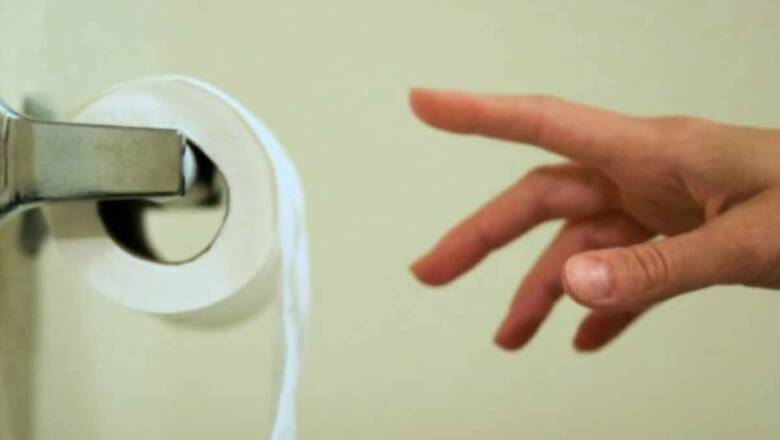
views
Our body has many ways of speaking to us when something is going wrong with it. One of the ways it does this is by changes in the colour of your urine. The pigment that provides yellow colour to the urine is called urochrome which is formed by the breakdown of the dead blood cells. Sure, some changes are natural, like when it loses all colour when you’ve had too much water. But what of when it turns red or green? Here’s what a change in the colour of your pee could indicate:
1. Orange coloured pee: Orange coloured pee can be an indication of dehydration or excess intake of Vitamin B supplements. It can also be seen after excess intake of beta carotene which is present in carrots. Dark orange coloured pee is also seen in the people who use rifampicin which is used for the treatment of tuberculosis (TB), leprosy and pneumonia. If the condition persists, it’s best to seek medical help.
2. Bright yellow coloured pee: A person taking a high dose of vitamin B2 can complain of bright yellow coloured urine, which sometimes appears neon yellow. There is no need to worry as this is the body’s way of getting rid of the extra vitamins.
3. Red or pink coloured pee: Pink coloured pee is commonly seen after excess intake of beetroot, blackberries and rhubarb. However, red coloured urine can indicate an underlying medical condition such as kidney stones, urinary tract infection, or cancerous disease. Medical help must be sought in case red-coloured urine.
4. Greenish-blue coloured pee: A person who has been under anaesthesia for a procedure might observe green coloured urine. However, greenish-blue coloured urine can also indicate medical conditions such as kidney disease or a urinary tract infection caused by the bacteria Pseudomonas aeruginosa. You must seek medical help if the condition persists.
5. Black coloured pee: Black coloured urine may indicate the presence of a rare genetic disorder called alkaptonuria. In this condition, the urine turns black as soon as it is exposed to the air. The symptoms might suddenly appear after the age of 30 years. The person may also complain of bluish-black discolouration of the skin and cartilage. If you notice this symptom, seek treatment from a medical professional.
6. White coloured pee: Milky white coloured urine may be seen in the case of chyluria, which is usually caused due to an infection by a parasite called Wuchereria bancrofti. In chyluria, the lymphatic fluid (fluid with a high concentration of WBC’s) starts leaking into the kidneys and turns the urine milky white. The affected person would require medical help to feel better.
For more information, read our article on Blood in urine.
Health articles on News18 are written by myUpchar.com, India’s first and biggest resource for verified medical information. At myUpchar, researchers and journalists work with doctors to bring you information on all things health.

















Comments
0 comment